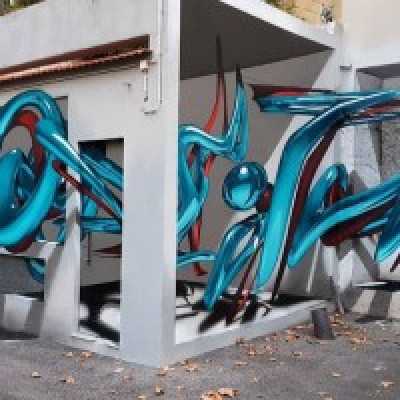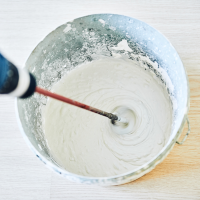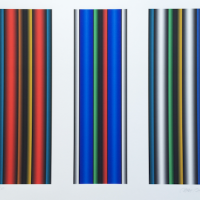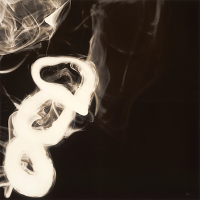
What is Hyper modernism?
Hyper-modernism is a cultural art movement which uses recent technological approaches and materials, but is in diametrical opposition to the modernist styles of art which preceded it. Hypermodernist artists create extremely realistic images, using all media, which may look like photographs.
Image copyright Kashifv
Show All
- Show All
- Established
- Discoveries
Show All







